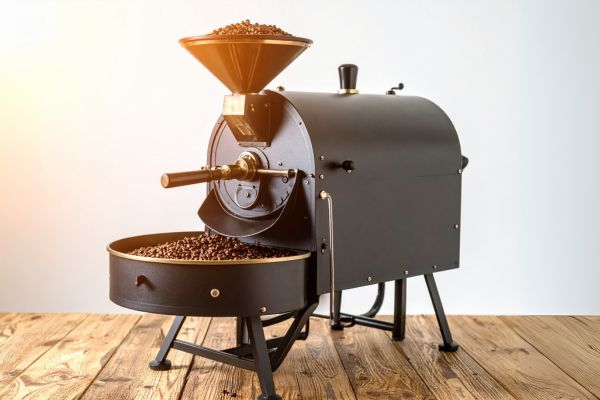
Single-Origin vs. Blends: What's the Difference?
Should you choose a single-origin coffee or a blend? This guide explains the key differences between the two, the pros and cons of each, and how to choose the right one for your taste preferences.
What is a Single-Origin Coffee?
A single-origin coffee is a coffee that comes from a single, specific, and traceable geographic location. This can be as broad as a country (e.g., Ethiopia, Colombia) or as specific as a single farm, washing station, or a particular lot of coffee from that farm.
The key to single-origin is traceability and flavor clarity. The goal is to showcase the unique characteristics of that specific place—the "terroir." The combination of the region's soil, climate, altitude, and processing methods gives the coffee a distinct and recognizable flavor profile.
-
Pros:
- Unique and Exotic Flavors: Single-origin coffees are where you'll find the most interesting and complex flavors—the bright, fruity notes of an Ethiopian Yirgacheffe, the wine-like acidity of a Kenyan, or the nutty, chocolatey notes of a Brazilian.
- Traceability: You know exactly where your coffee is coming from, which often means higher quality and more ethical sourcing practices.
- Seasonality: It connects you to the coffee harvest season, offering a rotating variety of new and exciting flavors to try throughout the year.
-
Cons:
- Inconsistency: Because they are a single, specific crop, their flavor can vary from harvest to harvest.
- Can Be Challenging: The unique and often acidic flavor profiles can be a bit much for those who prefer a more traditional or "classic" coffee taste.
Choose single-origin if: You are adventurous, enjoy exploring new and interesting flavors, and want to appreciate the specific character of a place. It's the best choice for manual brewing methods like pour-over that highlight flavor clarity.
What is a Coffee Blend?
A blend, as the name suggests, is a mixture of coffee beans from two or more different origins. Roasters create blends for a very specific purpose: to craft a particular flavor profile that is consistent, balanced, and reliable all year round.
By combining beans with different characteristics, a roaster can create a blend that is greater than the sum of its parts. For example, they might blend a bright, acidic African coffee with a smooth, chocolatey South American coffee to create a cup that is both vibrant and well-rounded.
-
Pros:
- Consistency: The primary goal of a blend is to taste the same every single time you buy it. If one component is unavailable, the roaster can adjust the recipe with a similar bean to maintain the target flavor profile.
- Balance and Complexity: Blends are designed to be harmonious, often with a more layered and complex flavor than a single-origin.
- Crowd-Pleasing: They are often created to have a familiar and approachable "coffee" flavor that appeals to a wide range of palates.
-
Cons:
- Lack of Exotic Flavors: Blends typically don't have the unique and wild flavor notes that you can find in a high-quality single-origin.
- Less Traceability: While many specialty roasters are transparent about the components of their blends, they are inherently less traceable than a single-origin coffee.
Choose a blend if: You value consistency, want a balanced and approachable flavor, and are looking for a reliable daily driver. Blends are often specifically designed to be delicious as espresso or to pair well with milk.


